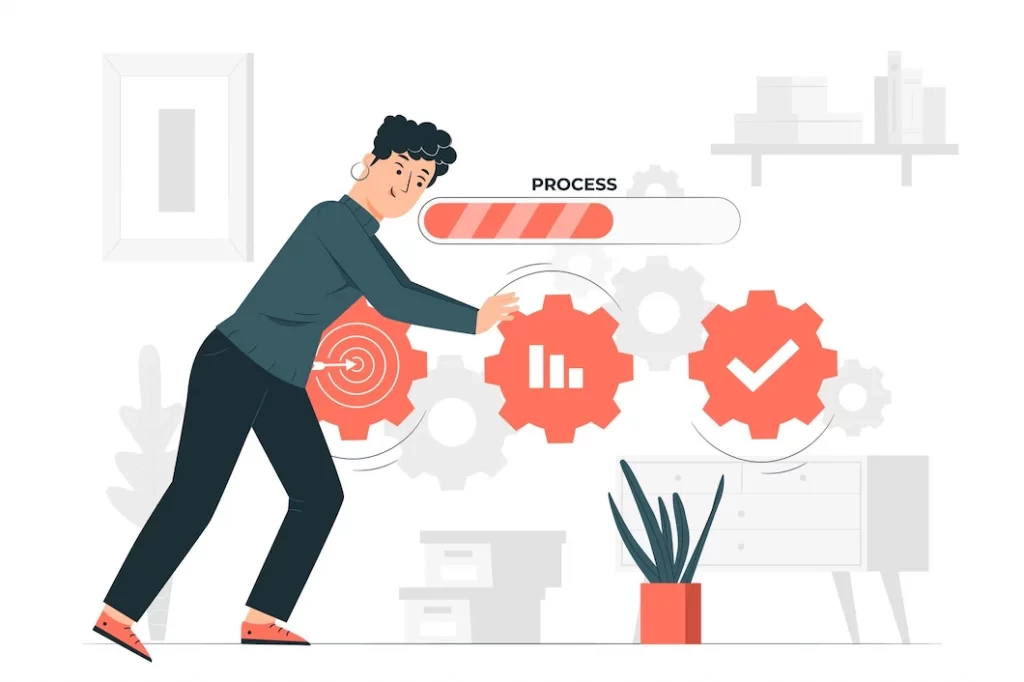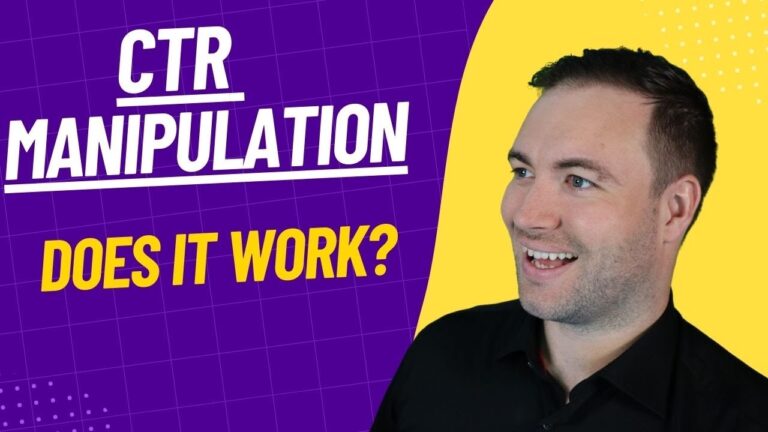Increase Your Local SEO with Expert GMB CTR Manipulation Strategies
Increase Your Local SEO with Expert GMB CTR Manipulation Strategies
Blog Article
Maximizing Organic Click-Through Rates With CTR Control
The optimization of natural click-through rates (CTR) is a nuanced undertaking that hinges on comprehending both customer psychology and effective web content discussion. The landscape is swarming with misconceptions and oversimplifications concerning what really drives CTR.
Recognizing Click-Through Fees
Understanding click-through rates (CTR) is essential for assessing the efficiency of internet marketing techniques. CTR gauges the percent of individuals who click on a particular web link or advertisement contrasted to the total number of individuals who watch it. A greater CTR indicates that the content is engaging and relevant to the target market, while a lower CTR might indicate a need for optimization.
To determine CTR, split the variety of clicks by the variety of perceptions and increase by 100. As an example, if an ad receives 300 clicks out of 10,000 impressions, the CTR would be 3%. This statistics is important for assessing different components of digital marketing, including search engine optimization (SEARCH ENGINE OPTIMIZATION), email projects, and social networks marketing.
Moreover, assessing CTR aids marketers recognize which approaches yield the best outcomes and which require refinement. By concentrating on improving CTR, organizations can improve their material's presence and efficiency, causing raised website traffic and prospective conversions. Understanding the nuances of CTR is fundamental for any type of online marketer aiming to maximize their on-line existence and optimize roi (ROI)

The Psychology of Customer Habits
Customer actions is substantially influenced by mental variables that determine just how people interact with online content. Recognizing these variables is important for maximizing click-through prices (CTR) in organic search engine result. Cognitive biases, such as the anchoring effect, play a crucial function in shaping customers' perceptions. Their first impacts can greatly affect their succeeding judgments about relevance and reliability. when customers encounter details.
Emotional reactions additionally considerably influence user behavior. Content that resonates emotionally can activate a sense of seriousness or curiosity, prompting users to click. Furthermore, social proof-- such as user evaluations or ratings-- can enhance trust and encourage involvement, as people often seek to the actions of others to inform their very own choices.
Additionally, the principle of shortage can drive clicks - GMB CTR Manipulation. Limited-time offers or exclusive content produce an anxiety of missing out on out (FOMO), engaging users to act quickly. Comprehending these psychological chauffeurs enables marketing experts to produce even more engaging web content that reverberates with their target audience
Reliable CTR Manipulation Strategies
Leveraging mental insights can dramatically boost click-through rates (CTR) via targeted adjustment strategies. One of the most efficient techniques is the usage of engaging headings that stimulate inquisitiveness or seriousness. Phrasing titles as concerns or including numbers can bring in more interest, prompting users to click.
An additional strategy includes maximizing meta descriptions to produce a sense of relevance and immediacy. By plainly laying out the solutions or benefits given in the web content, you can engage potential visitors and convince them to click. In addition, utilizing power words-- such as "exclusive," "proven," or "free"-- can enhance the appeal of your material.
Visual aspects also play a critical role. Incorporating distinctive pictures or thumbnails can attract users in and improve CTR. A/B screening various visuals can assist determine which pictures reverberate best with your audience.
Finally, making sure that your material promises deliverable value causes greater CTR. They are extra click likely to engage when users regard that clicking will certainly offer them with meaningful insights or services. By employing these techniques attentively, marketing experts can properly adjust CTR to their benefit while preserving moral requirements.
Usual Myths Regarding CTR
Numerous misconceptions surround click-through rates (CTR) that can lead marketers to make misguided decisions. One common misconception is that a greater CTR constantly equates to better performance. While a high CTR suggests that even more customers are clicking, it does not assure conversions or sales. Inevitably, the performance of website traffic relies on the top quality of the touchdown page and the relevance of the material.
An additional usual belief is that CTR is an isolated metric. In truth, CTR must be reviewed in conjunction with other performance signs, such as bounce rate and conversion rate, to acquire an alternative sight of project success.
In addition, some marketers assume that optimizing for CTR alone is sufficient. Nevertheless, focusing specifically on CTR can bring about clickbait techniques that might attract clicks but stop working to engage customers meaningfully. This method can hurt brand name online reputation and result click to investigate in reduced retention rates
Finally, there is a concept that CTR strategies are widely effective. The fact is that optimal CTR strategies can vary substantially across sectors and target market, demanding customized methods for different market sections. Comprehending these misconceptions is important for developing effective CTR approaches that align with overarching advertising and marketing goals.
Measuring CTR Success
Although high click-through prices (CTR) can indicate successful engagement with content, measuring their real success calls for a comprehensive analysis of numerous variables. It is necessary to recognize the context in which the CTR is achieved. As an example, a high CTR on a misleading title may not translate to purposeful involvement or conversions, Extra resources eventually showing badly on the brand's reputation.
Second, evaluating the source of web traffic is crucial. Organic website traffic from search engines can indicate a robust content method, while clicks from unimportant sources may show a lack of targeting. Furthermore, determining the subsequent user actions is essential; assessing metrics such as bounce price, time invested in page, and conversion rates can give much deeper insights right into the quality of the interaction launched by the CTR.

Verdict

The optimization of organic click-through rates (CTR) is a nuanced endeavor that hinges on recognizing both individual psychology and reliable content presentation. CTR determines the percentage of customers who click on a certain link or advertisement contrasted to the total number of individuals who watch it. A greater CTR shows that the web content is engaging and appropriate to the target audience, while a reduced CTR might signify a need for optimization.
Focusing exclusively on CTR can lead to clickbait strategies that may attract clicks but stop working to involve customers meaningfully. In addition, determining the subsequent individual behavior is important; examining metrics such as bounce rate, time invested on page, and conversion prices can offer deeper understandings right into the top quality of the interaction launched by the CTR.
Report this page